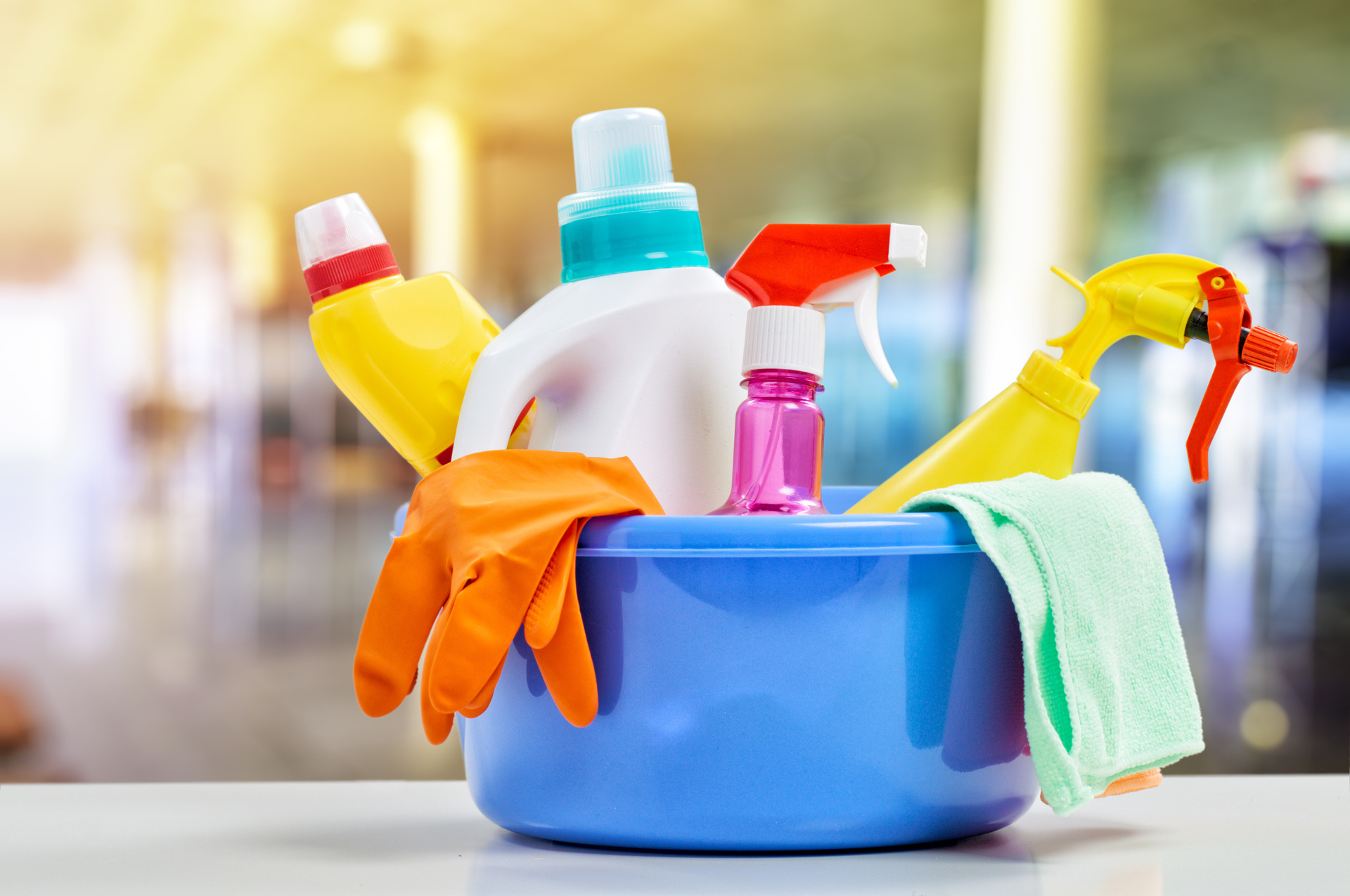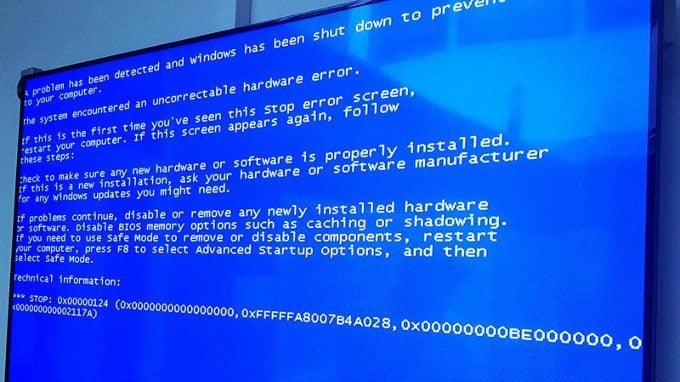When it comes to running a business, whether it’s a bustling restaurant, a sleek office space, or a cozy boutique, keeping things clean isn’t just about appearances—it’s about health, safety, and efficiency. Properly storing your commercial cleaning supplies is a crucial part of this. It might not sound glamorous, but it can make a world of difference in ensuring your workplace runs smoothly. So, let’s break it down and talk about how to store your cleaning supplies safely and efficiently.
Understanding the Importance of Proper Storage
First things first: why should you care about how you store your cleaning supplies? It’s simple. Improper storage can lead to accidents, reduce the effectiveness of your products, and even cause health issues. Nobody wants a cluttered supply closet where hazardous chemicals can spill or where staff can’t find what they need. Safety and efficiency are the names of the game here.
The Essentials of a Well-Organised Cleaning Supply Area
Creating a well-organised cleaning supply area doesn’t require a lot of space or resources, but it does need some thought and planning. Here are some essentials to keep in mind:
1. Designate a Specific Storage Area
Designate a specific area for storing all your cleaning supplies. This could be a dedicated closet, a section of a storeroom, or even a custom-built cabinet. The key is to ensure that it’s easily accessible to your staff but out of reach of customers and visitors.
2. Use Shelving and Cabinets
Invest in sturdy shelving and cabinets. These will help keep your supplies organised and off the floor, reducing the risk of spills and making it easier to clean the storage area itself. Adjustable shelves can be particularly handy as they allow you to accommodate items of various sizes.
3. Label Everything
Labelling is your best friend. Clearly label all shelves, cabinets, and containers. This not only helps in quickly locating items but also ensures that everyone knows where each item belongs. For hazardous materials, make sure to include appropriate warning labels.
4. Store Chemicals Safely
Chemicals require special attention. Store them in their original containers with the labels intact. This ensures that you always have the correct usage and safety information on hand. Keep incompatible chemicals apart to avoid dangerous reactions—this means acids should never be stored near bases, and flammable items should be kept away from heat sources.
5. Keep an Inventory
Maintaining an inventory of your cleaning supplies can help you keep track of what you have and what you need. This can prevent overstocking and understocking, ensuring that you always have the necessary supplies without wasting storage space or money.
Safety First: Best Practices for Chemical Storage
Safety should be the top priority when storing chemicals. Here are some best practices to follow:
Proper Ventilation
Ensure that the storage area is well-ventilated. Proper ventilation helps to disperse fumes that may build up from stored chemicals, reducing the risk of inhalation hazards.
Use Safety Data Sheets (SDS)
Always keep Safety Data Sheets (SDS) for all chemicals on hand and accessible to your staff. These sheets provide essential information on how to handle and store each chemical safely.
Lock It Up
If you store hazardous chemicals, make sure they are in a locked cabinet or closet. This prevents unauthorized access and reduces the risk of accidental exposure or misuse.
Practical Tips for Everyday Organisation
Besides the safety measures, here are some practical tips to keep your cleaning supplies organised and ready for action:
Colour-Coding System
Implement a colour-coding system for your cleaning tools and supplies. For example, use blue for glass cleaners, red for disinfectants, and green for general cleaners. This helps staff quickly identify the right product for the job and reduces the risk of cross-contamination.
Use Clear Containers
Storing smaller items in clear containers can make it easier to see what’s inside without having to open each one. This can save time and reduce frustration when looking for specific supplies.
Regular Clean-Outs
Schedule regular clean-outs of your storage area. This helps you get rid of expired or unused products and keeps the area tidy. A clutter-free space is easier to navigate and less likely to harbour hidden hazards.
Accessible PPE
Personal protective equipment (PPE) such as gloves, masks, and goggles should be stored in an easily accessible location. Ensure that your staff knows where to find PPE and understands when and how to use it.
Checklist for a Safe and Organised Cleaning Supply Area
Here’s a quick checklist to help you ensure your cleaning supply area is both safe and organised:
- Designated storage area
- Sturdy shelving and cabinets
- Clearly labelled shelves and containers
- Chemicals stored in original containers with intact labels
- Incompatible chemicals stored separately
- Well-ventilated storage area
- Safety Data Sheets (SDS) accessible
- Locked storage for hazardous chemicals
- Colour-coding system in place
- Clear containers for smaller items
- Regular clean-outs scheduled
- PPE stored in an accessible location
Wrapping It Up
Storing your commercial cleaning supplies safely and efficiently might seem like a small detail, but it can have a big impact on the overall health, safety, and smooth operation of your business. By designating a specific storage area, using proper shelving, labelling everything, and following best practices for chemical storage, you can create a safe and organised space that makes cleaning a breeze.
Remember, a well-organised supply area not only helps in maintaining cleanliness and hygiene but also boosts productivity by ensuring that your staff can find and use the supplies they need without any hassle. So, take a little time to set up your storage area properly, and you’ll reap the benefits in the long run.



